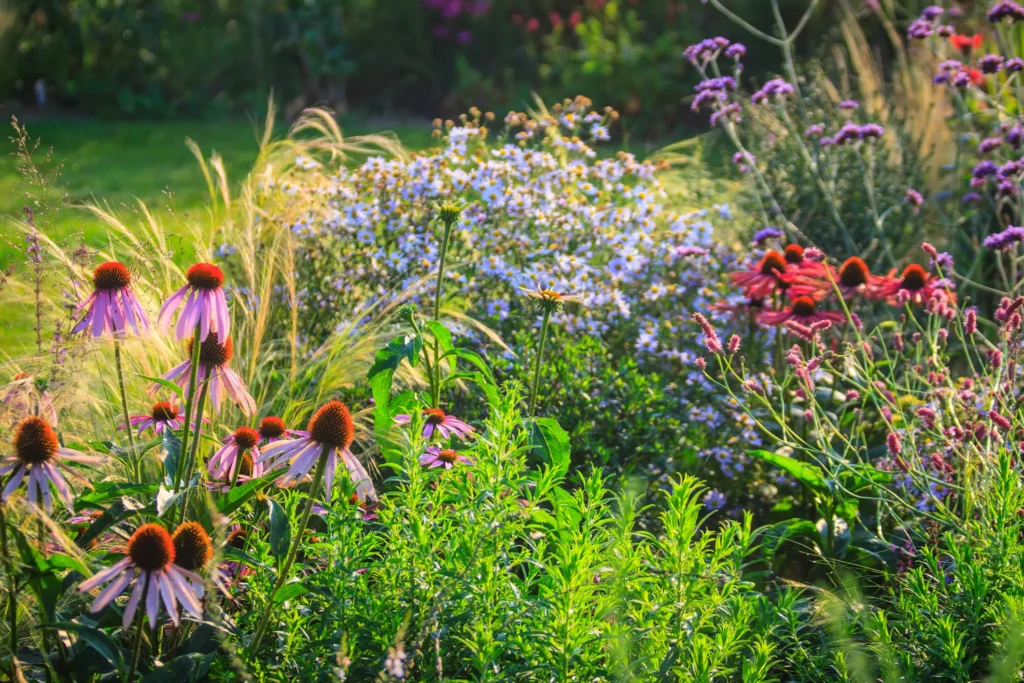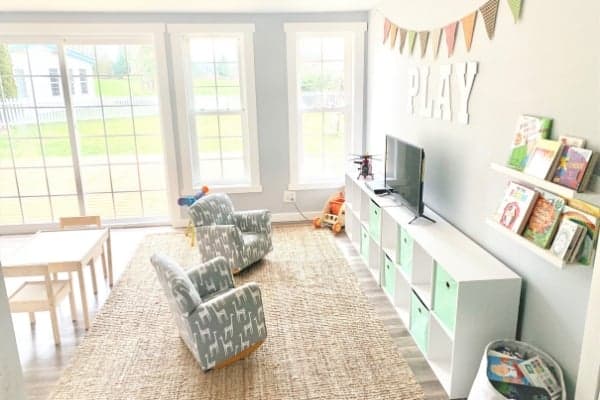Designing eco-friendly landscapes promotes environmental stewardship by focusing on water conservation, using native plants, and incorporating sustainable materials. It enhances biodiversity while offering economic and aesthetic benefits to homeowners.
Introduction
The growing global concern over environmental health has led to a surge in sustainable practices across various aspects of life, including how we design our outdoor spaces. Eco-friendly landscaping is not just a trend but a necessary shift toward integrating environmental responsibility into our daily lives. It offers a thoughtful blend of aesthetics and ecological responsibility, turning garden spaces into harmonious ecosystems. By adopting sustainable practices in landscape design, homeowners contribute to environmental conservation while creating stunning outdoor living areas. This guide delves into the core principles and techniques for designing eco-friendly landscapes, offering practical insights to transform your garden into a green oasis.
Understanding Eco-Friendly Landscaping
Eco-friendly landscaping, often called sustainable landscaping, aims to create outdoor spaces that are both beautiful and beneficial to the environment. Unlike traditional landscaping, which often relies heavily on water, chemical fertilizers, and pesticides, eco-friendly landscaping embraces practices that reduce environmental impact. This approach emphasizes the conservation of resources, reduction of waste, and promotion of biodiversity. By thoughtfully selecting plants, materials, and design principles, homeowners can create landscapes that thrive on natural processes and require minimal intervention. Sustainable landscaping aligns with broader environmental goals, offering gardens that support wildlife, improve air quality, and conserve water.
Implementing eco-friendly landscaping begins with a commitment to using resources wisely and minimizing environmental negative impacts. It involves understanding the local ecosystem and choosing elements that enhance the health and resilience of the landscape. Experts like My Sons Landscaping Denver advise homeowners to start with a comprehensive plan considering climate, soil, and existing vegetation, ensuring all design decisions enhance ecological balance. The ultimate goal is to create a self-sustaining environment that supports the household and local wildlife, providing a model for landscaping that respects and nurtures natural systems.
Choosing Native Plants
Native plants are foundational to the success of eco-friendly gardens. These plants are naturally adapted to the local soil and climate conditions, making them more resilient and less demanding of resources than exotic species. Incorporating native flora has multifaceted benefits. They require less water, reducing reliance on irrigation and conserving precious water resources. Additionally, native plants support local biodiversity by providing habitat and food sources for native wildlife, including birds, butterflies, and beneficial insects.
To effectively integrate native plants into your landscape, start by researching which species are indigenous to your region. Choose a diverse array of native plants that provide varying textures, colors, and blooming periods to maintain year-round interest in your garden. This diversity enhances aesthetic appeal and strengthens the ecosystem by providing continuous support for wildlife. By prioritizing native plants, you contribute to the ecological health of your area while enjoying the natural beauty they bring to your garden.
Sustainable Water Management
Water conservation is a critical aspect of sustainable landscaping. Traditional landscapes often require extensive watering, which is costly and environmentally detrimental, particularly in regions experiencing water scarcity. Sustainable water management involves a combination of strategies to reduce water use and prevent pollution. One effective strategy is rainwater harvesting, which involves collecting runoff from rooftops and storing it for garden irrigation. This practice lowers water bills and reduces the demand for municipal water supplies.
Incorporating drought-tolerant plants is another effective method of conserving water. These plants, often called “xerophytes,” are adapted to thrive in dry conditions with minimal irrigation. Additionally, employing efficient irrigation systems, such as drip irrigation, ensures that water is delivered directly to the root zones of plants, minimizing evaporation and runoff. Implementing mulch layers around plant beds also helps retain soil moisture and reduce evaporation. Together, these strategies contribute to a sustainable landscape that survives and thrives with minimal water input.
Eco-Friendly Materials for Hardscaping
Hardscaping elements like paths, patios, and retaining walls are essential for landscape design but can have significant environmental impacts if not thoughtfully constructed. Traditional materials such as concrete can contribute to urban heat and stormwater runoff issues. Eco-friendly hardscaping involves using sustainable materials that are either recycled or naturally occurring, minimizing environmental footprint.
Recycled materials, such as reclaimed wood and recycled glass, are excellent for creating sustainable hardscapes. These materials reduce waste and add unique character and charm to landscape designs. For paving, consider using permeable materials like gravel, brick, or porous pavers that allow water to infiltrate the ground, aiding groundwater recharge and reducing runoff. Are you looking for stylish and functional hardscape solutions? Consider modular green walls and living roofs that integrate vegetation into hardscape areas, fostering biodiversity and cooling the environment.

Incorporating Biodiversity
A healthy landscape is a diverse one. Integrating biodiversity into your garden design enhances ecological stability and resilience. Creating a diverse garden habitat encourages many species to visit and reside in your garden. This benefits the environment and creates a dynamic, lively landscape teeming with life.
To foster biodiversity, incorporate a mix of plant species that provide various ecological functions, such as food sources, nesting sites, and shelter. Flowering plants attract pollinators like bees and butterflies, while shrubs and trees offer bird cover and nesting areas. Water features like bird baths or small ponds can support aquatic organisms and attract wildlife. Designing a garden with biodiversity in mind contributes to the local ecosystem and enriches your experience of nature. Observing the interplay of different species in your garden offers educational opportunities and the satisfaction of knowing you are supporting local wildlife populations.
Composting and Soil Health
Healthy soil is the foundation of a thriving garden. Composting is an effective way to improve soil health while reducing kitchen and garden waste. Composting involves breaking down organic matter, such as vegetable scraps, leaves, and grass clippings, into nutrient-rich humus that can be added to the soil. This process enriches the soil with essential nutrients and enhances soil structure, promoting aeration and water retention.
Incorporating compost into your garden soil fosters an active microbial ecosystem. This enhances plant health and resilience, making them less prone to disease and environmental stresses. Additionally, composting reduces the need for synthetic fertilizers, reducing environmental impact. By committing to composting, you create a closed-loop system that enhances soil quality and garden productivity while minimizing waste and conserving resources.
Conclusion
The journey towards eco-friendly landscaping is more than a task; it is a lifestyle choice that reflects a commitment to environmental stewardship and appreciation for nature’s beauty. By applying sustainable practices in landscape design, you create a harmonious outdoor space that thrives with minimal human intervention. These landscapes conserve resources, support biodiversity, and offer serene environments for relaxation and recreation. Designing eco-friendly landscapes becomes an opportunity and a responsibility for future generations as we continue to encounter environmental challenges. Transform your garden into a sanctuary that embodies sustainability and enriches your life and the planet. Through deliberate design choices, we can ensure that our outdoor spaces serve our needs and respect and sustain the natural world.





